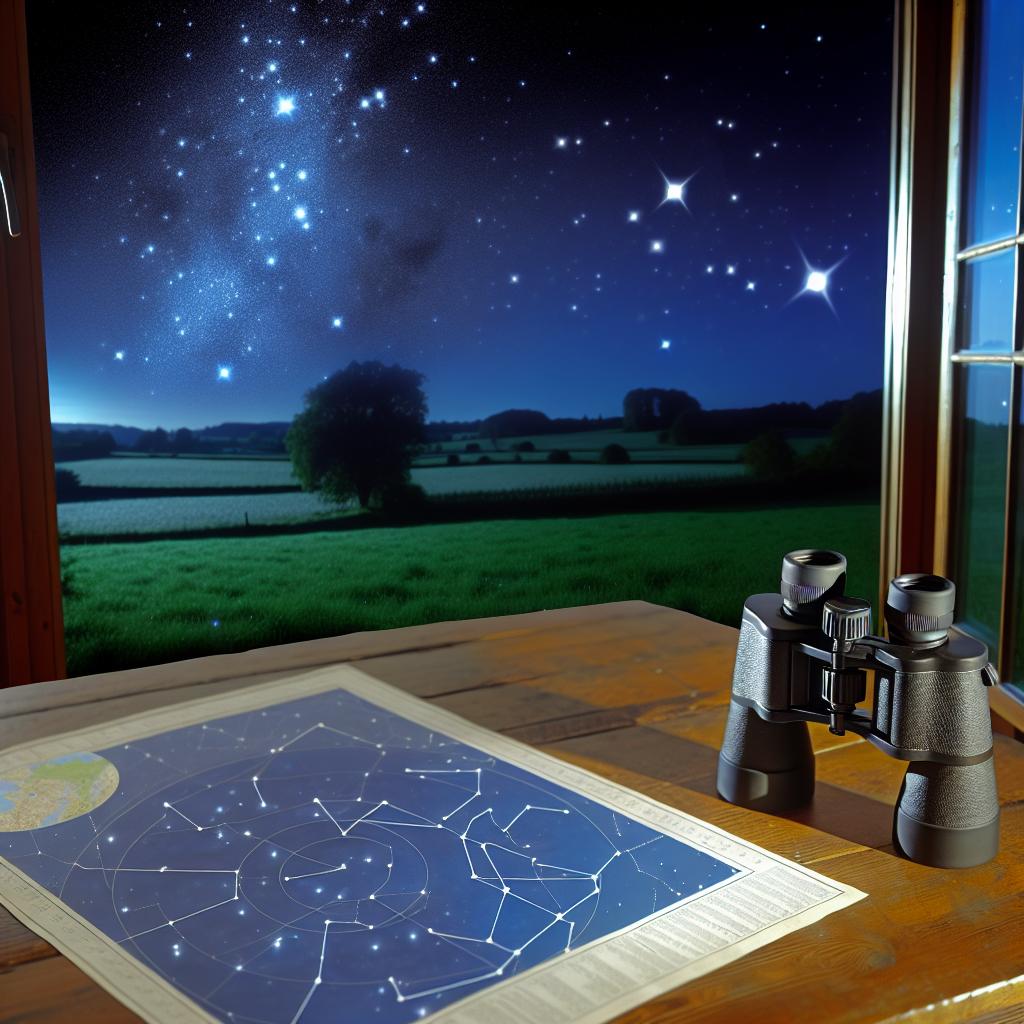Understanding Binoculars for Stargazing
When engaging in the delightful hobby of stargazing, one crucial piece of equipment you might consider is a pair of binoculars. Selecting the appropriate binoculars can significantly enhance your night sky experience, providing a richer and more detailed view of celestial bodies. While telescopes offer high magnification and detail, binoculars serve as an excellent middle ground between the naked eye and telescopes, which is particularly beneficial for beginners or those seeking portable and user-friendly options. With binoculars, you can enjoy a wide field of view, making them perfect for scanning large portions of the night sky.
Key Factors to Consider
In the pursuit of the ideal binoculars for stargazing, several factors should be carefully considered. Each aspect plays a vital role in determining the set that best suits your individual needs and preferences in celestial observations.
Magnification and Objective Lens Diameter
Binoculars are characterized by two primary numbers, for instance, 10×50. The first number, 10x, denotes the magnification power, which means objects will appear ten times closer than they do to the naked eye. The second number, 50, refers to the diameter of the objective lens, measured in millimeters. This measurement affects the amount of light that the binoculars can capture. Higher magnification provides more detail but can result in a shakier image and a decreasing field of view. Generally, for stargazing, a balance like the 10×50 is favored because it offers an optimal mix of magnification strength and light-gathering capacity, allowing for clearer and better-defined imagery.
Light-Gathering Capability
The objective lens size is paramount when assessing the light-gathering capability. A larger diameter lens gathers more light, which is critically important when viewing distant objects in dim conditions, such as those encountered in night sky observation. Consequently, binoculars with objective lenses measuring 50mm or more are commonly chosen by stargazers for their ability to enhance image brightness and clarity, making distant stars more visible and celestial details more pronounced.
Weight and Portability
Though binoculars with larger lenses are advantageous for light collection, they also tend to be heavier and larger, which can prove fatiguing over extended observation sessions. Thus, it’s crucial to find a pair that successfully marries excellent optical performance with manageable weight and ease of use. Some enthusiasts lean towards lightweight binoculars for hand-held use, preferring ease of mobility, while others might opt for heavier models paired with a tripod to stabilize their viewing experience during prolonged sessions.
Additional Features to Look For
Beyond the essential specifications, certain additional features can further enhance your astronomical excursions. Paying attention to these aspects can greatly influence the quality and enjoyment of your stargazing activities.
Coatings on Lenses
The light transmission efficiency and clarity of images in binoculars can be greatly improved with specially coated lenses. These optical coatings are designed to minimize reflections, enhance contrast, and maximize light throughput. Among these, fully multi-coated lenses stand out as superior, offering the sharpest and most vivid images, which is particularly valuable for night sky observations where every bit of light and clarity matters.
Waterproof and Fogproof Design
Stargazing can occur under a variety of environmental conditions, sometimes leading to exposure to moisture or rapidly changing temperatures. Investing in binoculars with a waterproof and fogproof design is advisable for those who wish to observe the stars without concern for moisture-related damage to the optics. This feature ensures that the binoculars remain functional and clear even in humid or variable weather, thus preserving the quality of your observations.
Popular Models for Stargazing
Within the stargazing community, certain models of binoculars have garnered outstanding reviews and consistent recommendations. Though personal preferences may differ, these models are often celebrated for their performance and value. A few notable examples include the Celestron SkyMaster 15×70, which boasts impressive magnification and exceptional light-gathering capacities, making it suitable for avid star watchers. Alternatively, the Nikon Action EX 12×50 is commended for its durable construction and ergonomic design, offering both reliable performance and comfortable viewing sessions.
Conclusion
In conclusion, selecting the right binoculars for stargazing involves a thoughtful evaluation of several key factors, ranging from magnification and objective lens size to comfort and portability. Understanding these core elements and exploring options that align with your specific observational goals can markedly improve your stargazing pursuits. With the proper pair of binoculars, you’ll be well-equipped to embark on fascinating celestial adventures, uncovering the enchanting wonders of the universe. For those seeking further knowledge and insights into binocular selection and astronomy, esteemed astronomy magazines and authoritative experts provide a wealth of supplementary resources.
This article was last updated on: May 24, 2025


